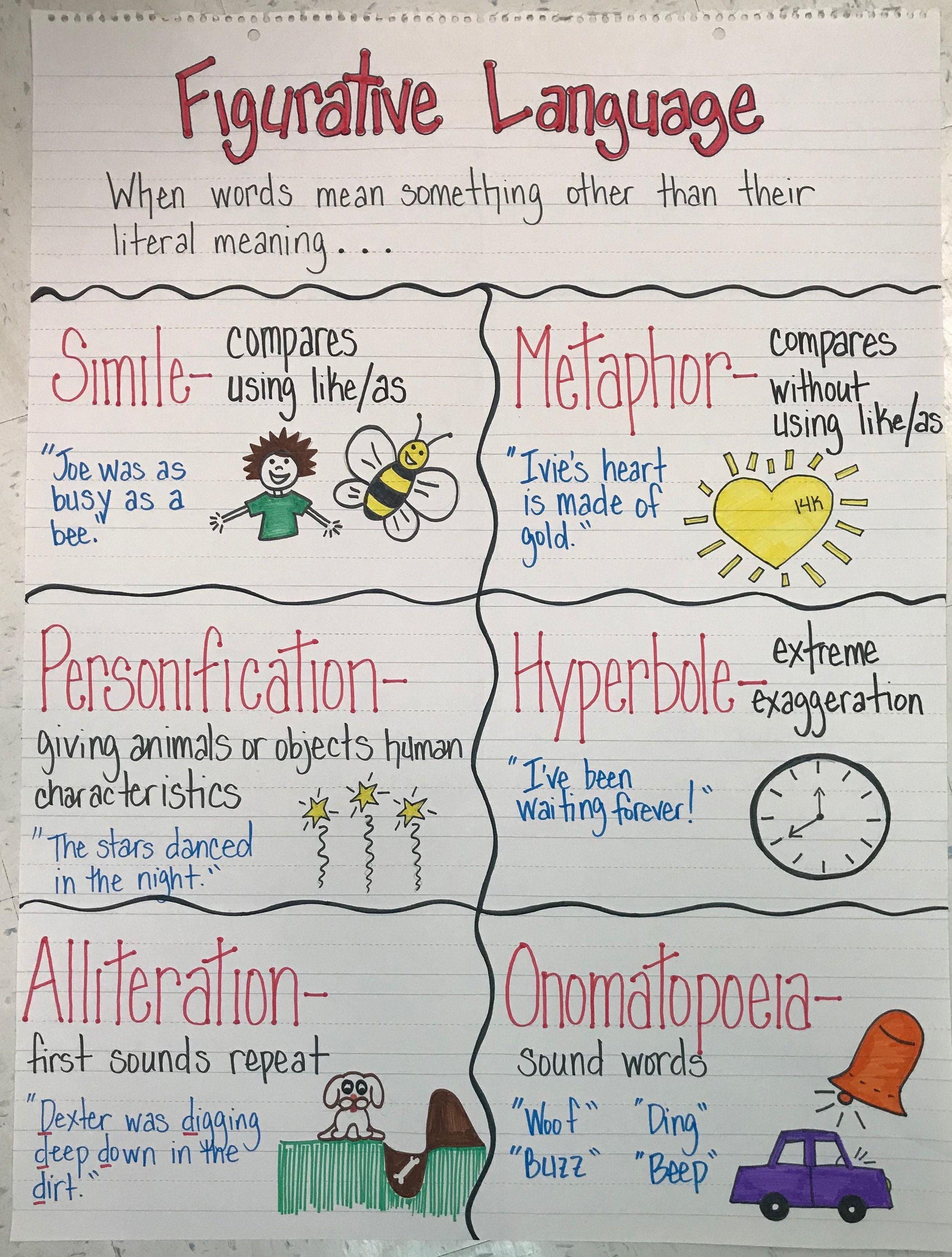
Once upon a time, in a land not so far away, there existed a magical art form known as logo design. Crafting compelling logos was no mere task of aesthetics, but a whimsical journey through the realms of storytelling. Join us as we unravel the secrets of creating logos that not only capture attention, but spin tales that enchant and captivate all who behold them. So grab your design tools and let’s embark on an adventure into the captivating world of crafting compelling logos with storytelling.
narrative“>Choosing the Right Narrative
When it comes to , it’s important to consider what will resonate with your audience. You want a story that will captivate their attention, make them laugh, and maybe even shed a tear or two. To help you navigate the vast sea of storytelling options, here are some tips to ensure you pick the perfect narrative:
- Know your audience: Before selecting a narrative, think about who you’re trying to reach. Are they young? Old? Hipsters? Soccer moms? Knowing your audience will help you tailor your story to their interests and preferences.
- Consider the tone: Do you want your narrative to be funny, serious, mysterious, or heartfelt? Adjusting the tone of your story can make all the difference in how it’s received by your audience.
- Choose a relatable protagonist: Your narrative will be more engaging if your audience can connect with the main character. Whether it’s a quirky sidekick or a misunderstood anti-hero, make sure your protagonist is someone your audience can root for.
- Keep it fresh: Avoid cliches and tired tropes in your narrative. Instead, think outside the box and come up with a storyline that surprises and delights your audience.

Understanding the Brand’s Identity
When it comes to understanding a brand’s identity, it’s like getting to know a person at a cocktail party. You can’t just focus on their flashy outfit or charming smile – you need to delve deeper to really get to know them. Same goes for a brand! Here’s a crash course in decoding a brand’s identity:
1. Colors: Just like a mood ring, a brand’s colors can reveal a lot about its personality. Is it bold and vibrant like a neon sign or muted and earthy like a cozy cabin in the woods? Take note of the colors used in the logo, website, and marketing materials – they speak volumes!
2. Tone of Voice: Imagine if a brand could talk – what would it sound like? Is it witty and sarcastic like a stand-up comedian or warm and friendly like your favorite aunt? The tone of voice used in branding materials can give you a clue about the brand’s personality.
3. Values: Just like a superhero’s moral code, a brand’s values can guide its actions and decisions. What does the brand stand for? Is it all about sustainability and saving the planet or is it more focused on innovation and pushing boundaries? Understanding a brand’s values can help you connect with it on a deeper level.

Creating a Visual Representation
So you’ve got this amazing idea in your head and you want to bring it to life with a visual representation? Well, buckle up because we’re about to go on a wild ride of creativity and imagination!
First things first, grab yourself a cup of coffee (or tea, we don’t judge) and settle in for some serious brainstorming. You’ll want to jot down all your ideas and concepts, no matter how crazy they may seem at first. Remember, there’s no such thing as a bad idea…well, except for that one time Bob suggested we use Comic Sans font. Let’s not go there again.
Next, it’s time to whip out your trusty design tools and get to work. Whether you’re a Photoshop pro or just starting out with Microsoft Paint, there’s a program out there for everyone. Experiment with different colors, shapes, and layouts until you find the perfect visual representation that truly captures the essence of your idea. And don’t forget to save your work every few minutes – you never know when a pesky computer glitch might come along to ruin your masterpiece.
Finally, once you’ve put the finishing touches on your visual representation, it’s time to show it off to the world! Share it with your friends, family, heck, even your neighbor’s cat if they’re into that sort of thing. And who knows, maybe your creation will spark inspiration in others and lead to even more amazing visual representations in the future. The sky’s the limit, so go forth and create, my fellow visual wizards!
Incorporating Symbolism and Metaphors
Symbolism and metaphors are like the secret sauces of literature – they add flavor, depth, and intrigue to your writing. By incorporating these elements into your work, you can take your storytelling to a whole new level. Here are some tips to help you master the art of symbolism and metaphors:
Think outside the box: Don’t be afraid to get creative with your symbolism and metaphors. Instead of using cliché symbols like a dove for peace or a rose for love, try to come up with unique and unexpected images that will surprise and delight your readers.
Use symbolism to enhance your themes: Symbolism can be a powerful tool for reinforcing the themes of your work. Think about the underlying messages you want to convey, and choose symbols that will help to drive those themes home.
Be subtle: The best symbolism and metaphors are often the ones that are subtly woven into the fabric of the story. Avoid hitting your readers over the head with heavy-handed symbolism – instead, let the symbols speak for themselves and allow your readers to draw their own conclusions.

Balancing Simplicity with Complexity
When it comes to , it’s like trying to walk a tightrope while juggling flaming torches and reciting the alphabet backwards. It’s a delicate dance between keeping things straightforward and adding layers of depth and nuance.
One way to navigate this tricky tightrope act is to start with a solid foundation of simplicity. Think of it as the sturdy rope you’re walking on. Keep things clean and minimalistic, like a Marie Kondo-approved room with only the essentials. But then, sprinkle in some complexity like confetti at a party – not too much to overwhelm, but enough to add intrigue and depth.
Embrace the yin and yang of simplicity and complexity, like a modern-day philosophical ninja. Keep things zen and uncomplicated, but also don’t be afraid to dive into the complex world of ideas and possibilities. It’s all about finding that sweet spot where simplicity and complexity coexist harmoniously, like peanut butter and jelly or Netflix and chill.
Remember, life is a balancing act, much like trying to balance a spoon on your nose while walking on stilts. Embrace the chaos, embrace the contradictions, and above all, embrace the beauty of finding that perfect balance between simplicity and complexity.
Eliciting Emotion through Design
Have you ever looked at a design and felt an overwhelming wave of emotion? Whether it’s a sense of joy, sadness, or even anger, design has the power to evoke all sorts of feelings. From colorful illustrations to minimalist layouts, every element of a design can elicit a different emotional response.
Here are a few ways designers can tap into the emotional side of their audience:
- Color Psychology: The use of color can greatly impact the emotions of the viewer. Bright, vibrant colors can evoke a sense of happiness, while cool tones may create a feeling of calm and tranquility.
- Typography: The way text is styled can also play a role in eliciting emotion. Bold, dramatic fonts may convey a sense of urgency, while soft, flowing fonts can evoke a feeling of elegance and grace.
- Composition: The arrangement of elements on a page can influence the emotional response of the viewer. A busy, cluttered layout may cause feelings of chaos and overwhelm, while a clean, simple design can create a sense of clarity and peace.
By incorporating these techniques and paying attention to the emotional impact of their designs, designers can create powerful and compelling visuals that truly resonate with their audience.
FAQs
How can storytelling enhance a logo design?
Storytelling can give a logo more depth and meaning. By incorporating elements from a brand’s history, mission, or values, you can create a logo that resonates with customers on a deeper level.
What are some common elements used in storytelling logos?
Common elements include symbols, colors, and typography that reflect the brand’s story. For example, using a tree symbol to represent growth and sustainability, or incorporating a specific color palette to evoke a certain emotion.
How can a logo tell a brand’s story in a simple and effective way?
By using clever visual metaphors or simplified versions of key brand elements, a logo can communicate a brand’s story quickly and effectively. Remember, less is often more when it comes to logo design.
Are there any examples of brands that have successfully used storytelling in their logos?
Yes, many brands have used storytelling in their logos to great effect. Take Nike, for example, whose swoosh logo represents the wing of the Greek goddess of victory, reflecting the brand’s focus on athleticism and winning.
What tips do you have for incorporating storytelling into logo design?
Start by understanding the brand’s history, values, and target audience. Then, brainstorm ways to visually represent these elements in a simple and cohesive way. Remember, the best logos are ones that tell a clear and compelling story.
In Conclusion: Let Your Logo Tell a Tale
Crafting a compelling logo with storytelling is like weaving a magical spell. By infusing your brand’s identity with a captivating narrative, you can captivate your audience and leave a lasting impression. So don’t just slap together some random shapes and colors – take the time to craft a logo that tells a story. Who knows, it might just become the next legend in the world of branding. Remember, behind every great logo is an even greater story. So get crafting and let your logo do the talking!









